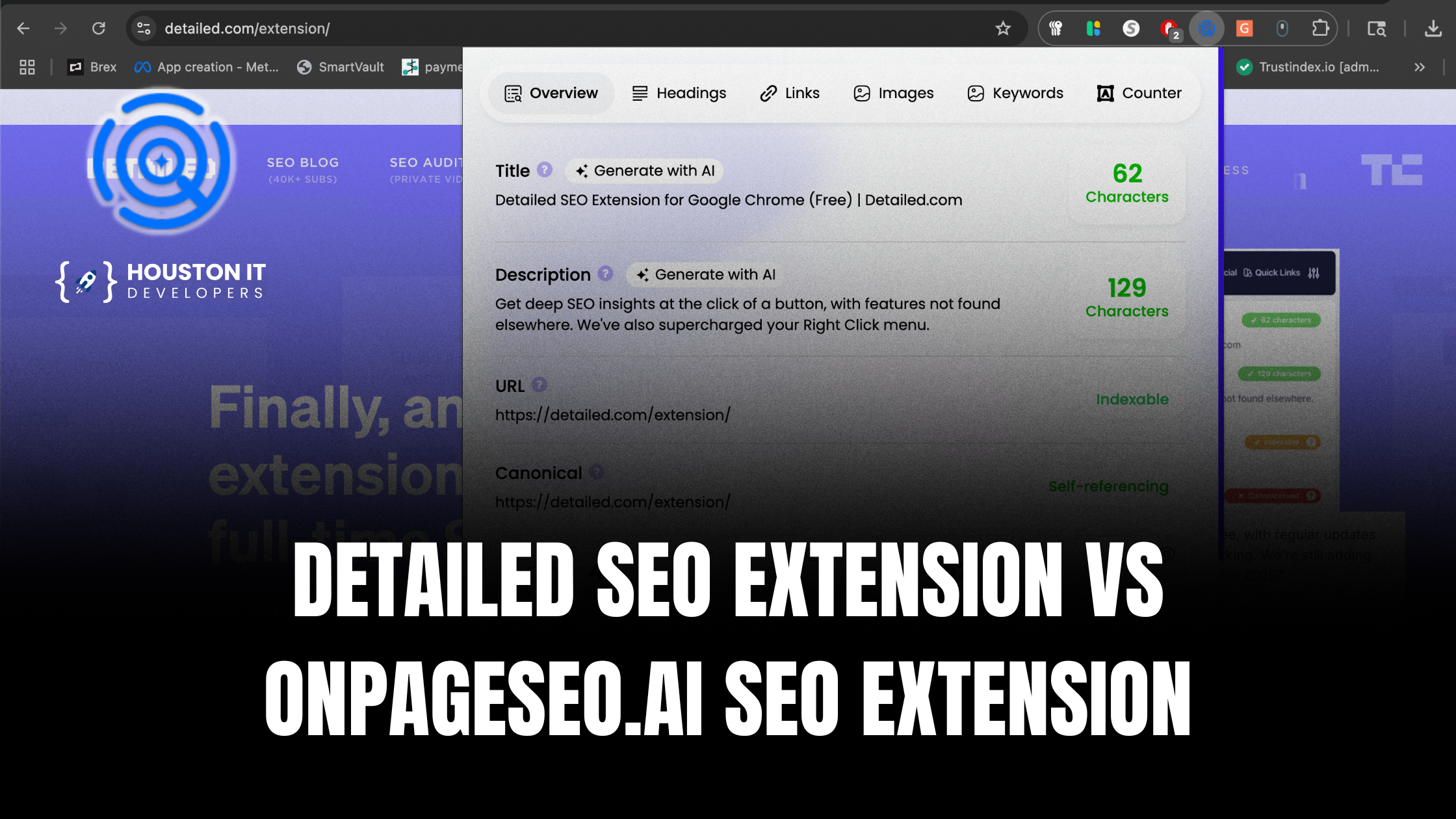The app development community is well aware that using the correct framework can save weeks of development time.
If you want to create one of the best app for your company, you should think about hiring the best mobile app development services.
It is vital to select the best Javascript framework before beginning any new app development project. Choosing the best framework for your mobile app can be a difficult undertaking due to the numerous factors to consider.
Frameworks make it much easier to create Javascript applications! Angular and React, on the other hand, are the two most popular frameworks for mobile and app development.
That being said, there is one major question: How can I choose between Angular and React, and which would be the best fit for your company?
So that is exactly what we will be doing in this blog. We are mentioning the obvious differences between React and Angular so that you may evaluate the features of both frameworks and reach a judgment. Let’s get this party started!
What is Angular?
The Angular web application framework was designed and maintained by Google. It is an open-source platform based on Typescript. It is a cutting-age development platform for single-page, web, and hybrid apps.
Angular comes with a robust toolbox allows developers to design large-scale apps.
What is React?
Facebook created and maintains the open-source JavaScript library React. The framework has gained popularity due to its component-based architecture.
It is suitable for beginners and provides a reusable interface.
What is the difference?
Angular is a full-fledged development framework, whereas React is merely a UI development framework. React, on the other hand, may be transformed into a full-fledged solution with the help of extra libraries. Here are some more distinctions between React and Angular.
1. Scalability
When selecting a framework, or anything else, it is essential to keep the future scope in mind.
Angular is extremely scalable because it includes all of the essential functionalities. The capabilities of Angular allow for easy scaling by adding additional functionalities.
2. Popularity
Developers encounter greater complications while working with the Angular environment. Veteran developers can utilize Angular well, whilst newcomers can use React. Because of its complexity, the React Native app development framework is far more popular among developers.
3. State management
State management is crucial in large-scale systems. However, maintaining the UI components is difficult. As a result, you should have technology that makes management simple.
NGRX is the state management library in Angular that has proactive premises. It keeps all of the states in one tree, making them accessible from anywhere in the application.
REDUX and Recoil are used as state management libraries in React. Every component’s state must be managed individually in React; otherwise, a developer may encounter numerous issues.
4. Architecture
Both React and Angular have component-based designs; the distinction is in the script.
Angular is built on TypeScript, whereas React is built on Javascript. Because it is error-free and coherent, Typescript is chosen for web development.
5. Data biding
The React framework employs a one-way approach that permits modifications to UI components only after changes to the model state have been made.
The Angular framework, on the other hand, employs a two-way method that immediately changes the model state when the UI element is changed.
6. Performance
When comparing Angular with React, one of the most important elements to consider is performance. You should be aware of which framework will provide the best performance when launched as an app.
Because Angular uses a real DOM for its applications and has a large library, its speed suffers when used in dynamic websites.
However, with the recent release, Angular is giving React stiff competition, although developers still choose to React over Angular for more dynamic apps.
7. Flexibility
There is a major difference between the two frameworks in terms of flexibility and performance. React is significantly more versatile to work with because it provides the developer with a plethora of tools and allows for quick customization.
Angular is not a flexible framework to work with because its components are code-bound and stiff.
8. UI component
To design components, Angular includes a toolbox with a selection of raw materials. This functionality makes UI configuration simple and rapid.
Whereas a community creates React UI tools, you can download the design from the portal. To use material design components with React, you must install an additional library.
9. Mobile app solutions
When constructing a feature-rich large-scale application, the Angular framework should be used because it is more scalable and stable.
When developing a cross-platform or single-page application, React is the ideal choice. React allows developers to design modern lightweight applications in a short amount of time.
10. Development speed
Choosing between Angular and React for development speed is a difficult task. Because React is reliant on third-party functionality, choosing the best toolset takes time.
When it comes to Angular, however, everything is delivered to developers on a silver platter because the complete toolkit is built in.
Wrapping up
Now when you know extensive information on Angular Vs React. Choose the best for your business and app.
We are not persuading you to choose between Angular and React as we are near the finale. Choose the right technology for your project by carefully examining and comprehending your requirements.
If you require more assistance and direction in selecting the appropriate framework, the App development specialists at Houston IT Developers can assist you in selecting the ideal one for your business requirements and achieving exceptional outcomes.








